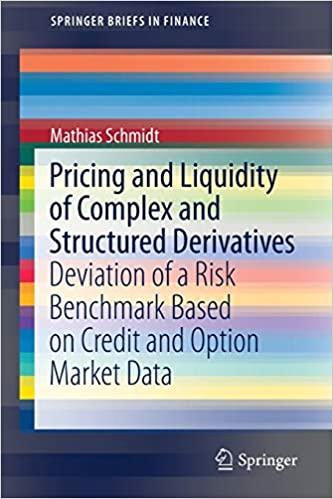Question
A company makes bottles which sell for $5.50 and cost $3.5 per bottle. When not every bottle is sold, they are returned to the factory
A company makes bottles which sell for $5.50 and cost $3.5 per bottle. When not every bottle is sold, they are returned to the factory each day which will cost $0.5 per bottle returned to the factory. On average there is an average demand of 500 bottles which is normally distributed with a standard deviation of 90 bottles. 1) How many bottles should the company create if they want to limit the probability of stockout at 10%? 2) What is the optimal stock of the bottles that the company should hold based on the marginal cost of underestimating and overestimating demands. 3) If the bottle company chooses to hold 500 bottles, what should the selling price of the bottles be so that the 500 bottles become an optimal stock, given that all other costs and demand volumes stay the same.
Step by Step Solution
There are 3 Steps involved in it
Step: 1

Get Instant Access to Expert-Tailored Solutions
See step-by-step solutions with expert insights and AI powered tools for academic success
Step: 2

Step: 3

Ace Your Homework with AI
Get the answers you need in no time with our AI-driven, step-by-step assistance
Get Started


